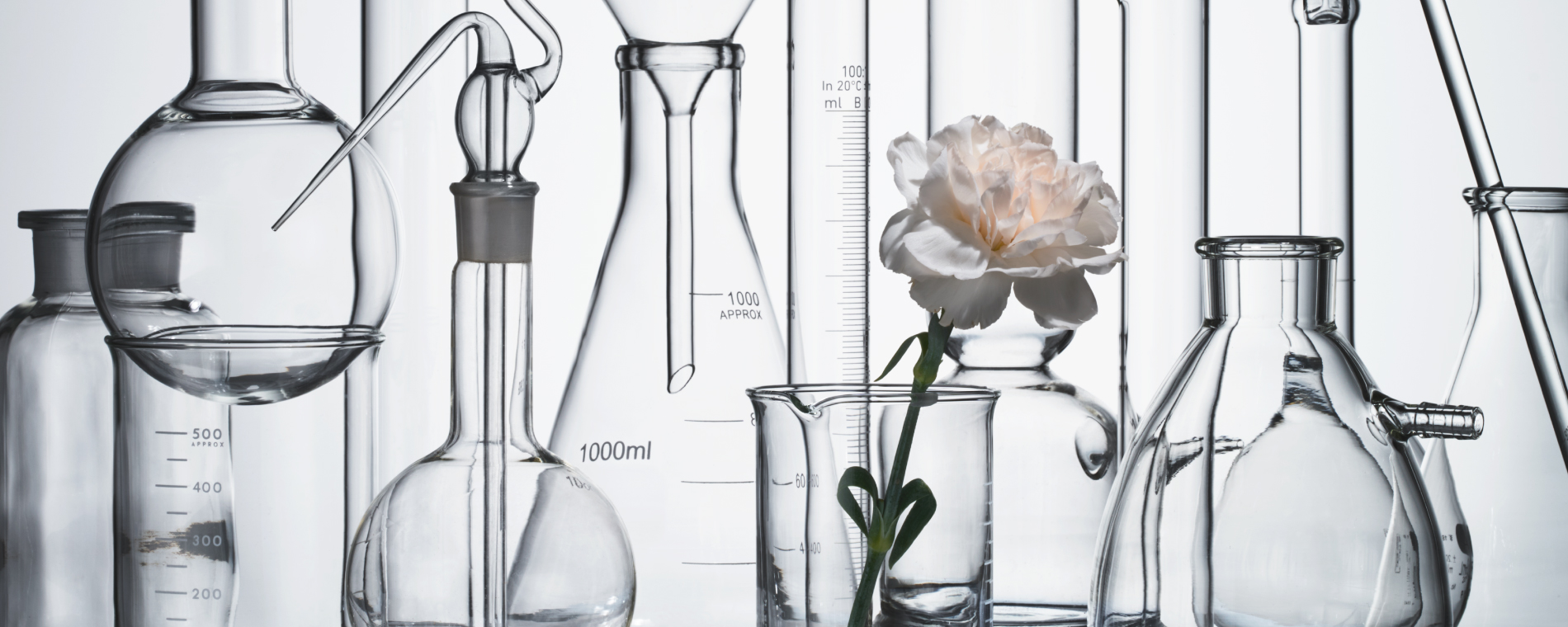
50 Is the Age of Hormonal Changes, and the Start of Your “Second Life”
The average life expectancy for women in Japan is 87. If we count up from the age of 12, when there is a surge in female hormones, then around 50 years is roughly the midpoint of woman’s life. Around the late 40s to 50s is also when a woman’s skin is especially prone to changes. We want this second start in a woman’s life to also be a carefree time, where she becomes even more beautiful. This is the wish underlying the research and development of ALLU.
What Are Hormones?
Hormones are substances that are synthesized in the body’s organs, and transported throughout the body via the blood and other mechanisms.
Hormones are received by specific receptors in specific cells, and they act on these cells and affect the body in various ways.

Women Live With Hormonal Changes.
Developing Anti-Aging Care that Suits the Hormonal Changes in a Woman’s Life.
Akihiro Tada, Laboratory Manager, Skin Analysis Research Laboratory, Pola Research Institute

For more than 20 years, my team and I have been researching women’s skin while also looking at the actual skin of thousands of women. Women experience more dynamic hormonal changes throughout their life than men do. We believe it is important to not fixate only on the temporary skin troubles that women experience, but to approach skin care for women by looking at their age and hormonal changes.
Two Women Aged 40: One Looks Young, and the Other Doesn’t.
Why is That?
The answer is two main hormones that affect the skin. One is the female hormone, and the other is the growth hormone.
The body starts to produce less of these hormones once a woman enters her 40s.
Yet there are differences even among women who are the same age—some look young and others look aged.
Why is that? This question was the starting point for our research into “the relation between hormones and skin cells.”

The Key to Beautiful Skin Is Not Just How Much Hormones, but Also How You “Receive” and “Use” Them.

Our research led us to this discovery: Women have the ability to make use of these hormones.
Even if these hormones decrease with age, women with many hormone receptors in their skin cells are able to receive a lot of the hormones that are adequately delivered to the skin.
In other words, these women are able to make good use of their hormones.
They also have highly active skin cells.
This is likely why such women are able to keep their skin looking young, supple, and beautiful.
- Whitening: Inhibits the production of melanin, and prevents spots, freckles, and other blemishes
- Anti-aging care: Skin care using cosmetics suited to your age
- Dullness: Due to dryness, uneven texture, and so on.
